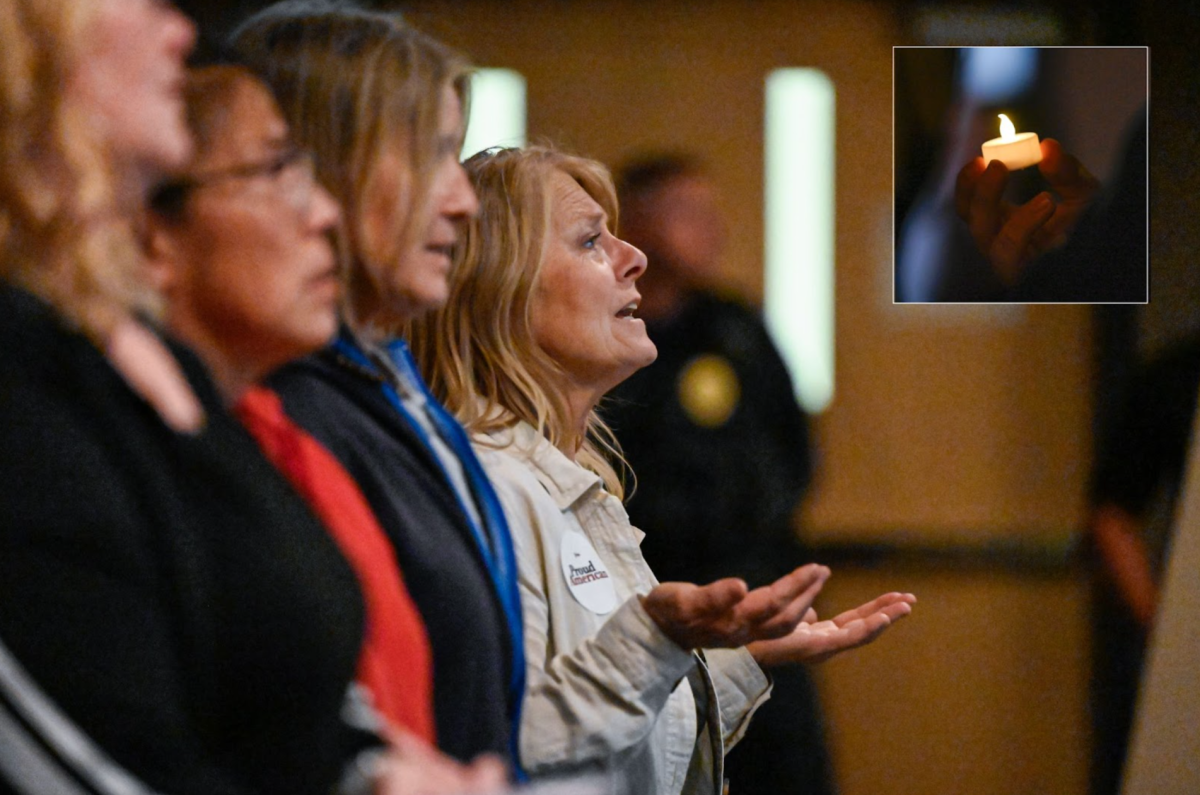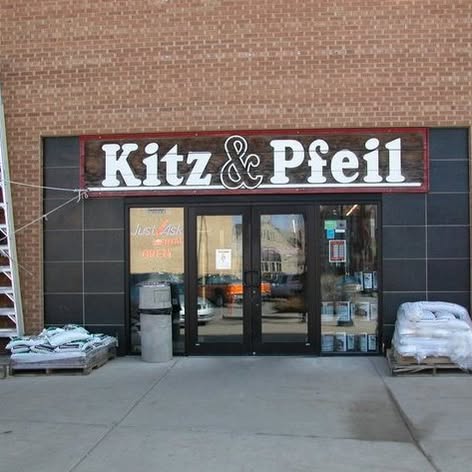The UW Oshkosh Campus Sustainability Office offered a walking tour to share ways in which the campus is committed to reduce its ecological footprint on Friday, Oct. 20.
The campus, being nationally ranked as a sustainable school for the sixth year in a row, is becoming more sustainable through green building, recycling and solar powering practices as well as educating students and the community on ways in which they do so, Director of the Campus Sustainability Office Brian Kermath said.
“We have progressively made progress and have had major improvements here on campus,” Kermath said.
There are costs involved and many design features that goes into creating a green building, Kermath said.
“You have to work within your resources that you have on campus to create a sustainable building,” Kermath said.
UWO fifth-year student Isaac Geffers said UWO has sustainability in mind when building new facilities.
“It’s sustainability conscious from its very core,” Geffers said, “Both Sage [Hall] and the Alumni Welcome and Conference Center have technology focused on saving energy.”
UWO also recycles its waste by having separate trash cans all over campus, Geffers said.
“The biodigester that uses the campus’s waste generates power to academic and [residence halls] as well,” Geffers said.
If a campus wanted to have a sustainable building, it is good to have it certified so the buildings is considered green, Kermath said.
“We use a system called L.E.A.D. which stands for Leadership in Energy and Environmental Design,” Kermath said. “They are a nonprofit organization that assign points for green features in several categories that are then tallied to place building projects in one of four levels. These levels are certified, silver, gold and platinum.”
L.E.A.D. gives points for improving the environmental conditions connected to the building or adding energy efficiency, Kermath said.
“For UWO we have committed to gold on this campus whenever possible,” Kermath said.
There are costs that are involved and Sage is an example of a green building on campus, Kermath said.
“Sage has an estimated energy savings of 41 percent with 10 percent of the building’s energy produced from onsite renewable sources,” Kermath said.
The campus has many ways of saving energy Kermath said.
“Sage achieves this by the daylighting design through two kinds of solar that are used in Sage,” Kermath said.
One use of solar, where electricity is generated by the sun, is fed right into the grid of the building and is used to power lights, Kermath said.
“Not only do we use this type of solar, but thermal panels are used,” Kermath said. “It contains a liquid that when it heats up, that liquid circulates through the building to heat water in bathrooms. That water also goes through tubes that run back and forth under the flooring in the lecture pits. Those tubs help heat the lecture pits so that we don’t have to turn on as much heat as we would have to.”
Another way Sage works to save energy is the automatic blind system, Kermath said.
“The blinds help cool down the building by letting in light when it is necessary and saves us cost while regulating heat gain in the interior,” Kermath said.
Freshman Jonah Hungerford said that when studying in Sage he has always been surprised when the blinds in the building shut automatically.
“I always wonder why they close or open when no one is there to flip a switch,” Hungerford said. “I didn’t realize how specific UWO has gotten to create a campus that is very sustainable.”
If UWO were to build a new building, the state would require the campus to construct a 50-year building plan, Kermath said.
“One of the things a part of the 50-year building plan is that the walls that are being built are made of stone,” Kermath said. “The stone wall is expensive but durable, and it reduces maintenance costs in the long term.”
UWO also gets points for having a green roof, which can be found on top of Sage and Horizon Village, Kermath said.
“The third and fourth floor of Sage is where you can see the green roof,” Kermath said. “The biggest use or the greatest value of having a green room is storm water management. This green roof will hold 6,000 gallons of water.”
Another use of the garden or green roof is evaporative cooling, Kermath said.
“When the water heats up and evaporates, it helps cool the roof, which helps moderate the temperature in the lecture pits underneath,” Kermath said.
The plant material is growing several inches thick, Kermath said.
“Because it is several inches thick, it is adding insulation to the roof so that there is less heat loss in the winter,” Kermath said.
The UWO campus is designated as a monarch butterfly waystation by an organization called the Monarch Watch, Kermath said.
“We are trying to help provide a habitat for monarch butterflies,” Kermath said. “In doing that, we have helped other insects by providing for other pollinators like bees and insects.”
Kermath said UWO recognizes sustainability is an urgent challenge.
“We have made sustainability an essential learning outcome,” Kermath said.








